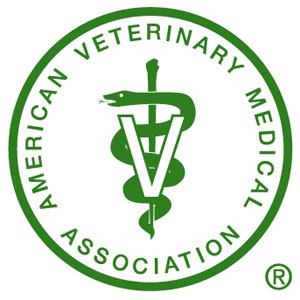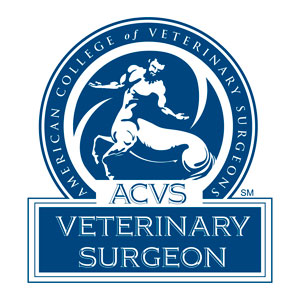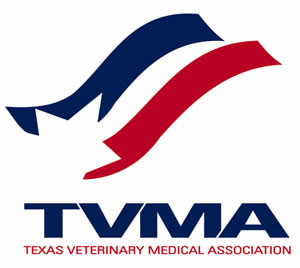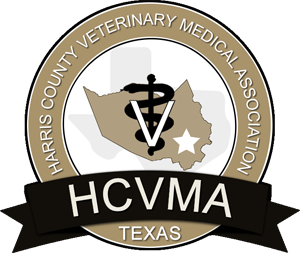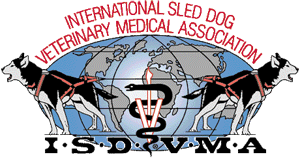Indications for total joint replacement in dogs and cats
Total hip replacement (THR) in dogs is most commonly performed to restore a pain-free joint and normal function due to pain resulting from osteoarthritis (OA) secondary to hip dysplasia. Additionally, any cause of arthritis, except when the infection is present, may be an indication, whether the cause is traumatic, hereditary, developmental, or unknown.
Not all animals presenting with hip pain are imminent THR candidates. Animals with hip arthritis, with or without symptoms or a previous attempt to alleviate pain non-surgically, are only potential THR candidates. Nonsurgical pain management is generally the first option recommended before surgery. If pain management is only partially effective and/or symptoms worsen, surgery is indicated. Pain management combined with attaining an ideal body condition score may delay surgery in some instances, but weight reduction and exercise are sometimes difficult to do when the hips are painful. If uncomplicated unrelenting hip pain is present, a THR recommendation should be made to improve the quality of life of the animal.
Arthritis secondary to hip dysplasia in large breed dogs is the most common indication for THR. Other problems, including hip luxation (hip out of joint due to trauma), avascular necrosis of the femoral head (a genetic developmental condition), and certain hip fractures are other common indications. Total hip replacement is also becoming more common in cats and small breed dogs. In one scientific article, hip luxation, avascular necrosis, and capital physeal fractures were the respective indications for 23%, 26%, and 17% of the hip replacements in small breed dogs and cats (Liska 2010). Scientific literature articles also report the use of THR for the treatment of capital femoral physeal fractures (a broken bone through the growth plate) and for avascular necrosis of the femoral head (Jankovits et al. 2012; Kalis et al. 2012). THR has also been performed to manage unsuccessful femoral head ostectomy (previous surgery where the ball of the ball-in-socket joint was removed). (Liska et al. 2010).
Patient age is an important consideration both physiologically and anatomically. Ideally, the animal has reached skeletal maturity (closed growth plates) at about 9-10 months of age prior to surgery. Surgery should be delayed in immature animals until the pelvis side of the hip joint growth plates are closed. Surgery prior to closure of the growth plate on the femoral head (ball part of the hip joint) is inconsequential. The status of the growth plates at the lower end of the femur near the knee is also inconsequential since it is not disrupted during THR surgery.
The stage of hip dysplasia seen in dogs presenting between the ages of 5 to 12 months of age is important in the timing of surgery. A favorable window of opportunity exists in young dogs with severe hip dysplasia at a young age. It is generally recommended to do surgery early in the course of arthritis development rather than waiting until arthritis has become severe and advanced. Chronic hip dysplasia may result in extensive anatomical changes of the bones and joint making surgery more technically difficult. Muscle atrophy and muscle contracture due to chronicity also make the surgery more difficult and prolong recovery.
Concurrent orthopedic and neurological disease is sometimes present in animals presenting for THR surgery. These conditions may exacerbate the clinical signs of hip dysplasia or may lead one to incorrectly attribute the severity of the clinical signs to the hip joint. Some spinal and neurological problems produce symptoms similar to severe bilateral arthritis from hip dysplasia.
A thorough physical examination, including a neurological evaluation, must be undertaken to rule out or to identify concurrent disease conditions during the pre-surgery planning process. Concurrent neurological or orthopedic disease must be carefully assessed and may necessitate postponement of THR until these conditions are resolved or evaluated in light of the patient’s overall condition or function.
Other orthopedic pathology, such as medial patella luxation (MPL = knee cap popping out) or anterior cruciate ligament (ACL) injury, are not unusual to be present concurrent with hip pathology. When concurrent hip and knee problems are suspected, it must be determined whether symptoms (lameness and/or pain) originate at the hip, the knee, or both. If both joints are responsible for symptoms, the hip and knee procedures are sometimes done one at a time, with the knee problem usually being a higher priority.
Serious and often life threatening medical conditions must also be considered. Patients with concurrent systemic disease must be treated with caution. Examples include uncontrolled skin infection, cancer, blood clotting problems, and compensated heart, liver, or kidney failure. Likewise, the systemic effects of immunosuppression, diabetes mellitus, Cushing’s disease, and generalized immune-system related arthritis may pose a significant risk to the THR patient. Thoughtful preoperative assessment is recommended if THR surgery is contemplated, even after successful treatment of these or similar diseases. Preoperative lab testing and radiographs are completed before anesthesia and surgery to determine of other health problems exist.
Joint infection is an absolute contraindication for hip replacement surgery. The presence of hindquarter or generalized dermatitis, ear infection, urinary tract infection, and dental disease should be resolved prior to surgery.
Even though cancer, with or without spread to the rest of the body, is a relative contraindication, bone cancer highly localized to the hip region may not be. It is feasible to implant a custom-made prosthesis in selected cases. Follow up cancer therapy may also be indicated.
When financial constraints preempt THR surgery, a femoral head and neck ostectomy (FHO) may be an option in selected cases. An FHO carries the risk of not achieving acceptable pain relief and restoration of function in all breed sizes (Off, Matis: VCOT et al. 2010). An FHO disrupts the normal hip function, results in limb leg length (shortening) discrepancy, unpredictable pain relief, and may require prolonged rehabilitation (Liska et al. 2009). In some cases, it is possible to revise a painful FHO to a THR, but an FHO should never be advised as an interim procedure.
>References
Liska WD, Doyle ND: Micro total hip replacement for feline and small canine patients: Surgical technique and outcomes. Veterinary Surgery. 39:797-810 2010
Jankovits DA, Liska WD, Kalis RH: Treatment of avascular necrosis of the femoral head in small dogs with micro total hip replacement. Vet Surg 41:143-147 2012
Kalis RH, Liska WD, Jankovits DA: Total hip replacement as a treatment option for capital physeal fractures in dogs and cats. Vet Surg 41:148-155 2012






